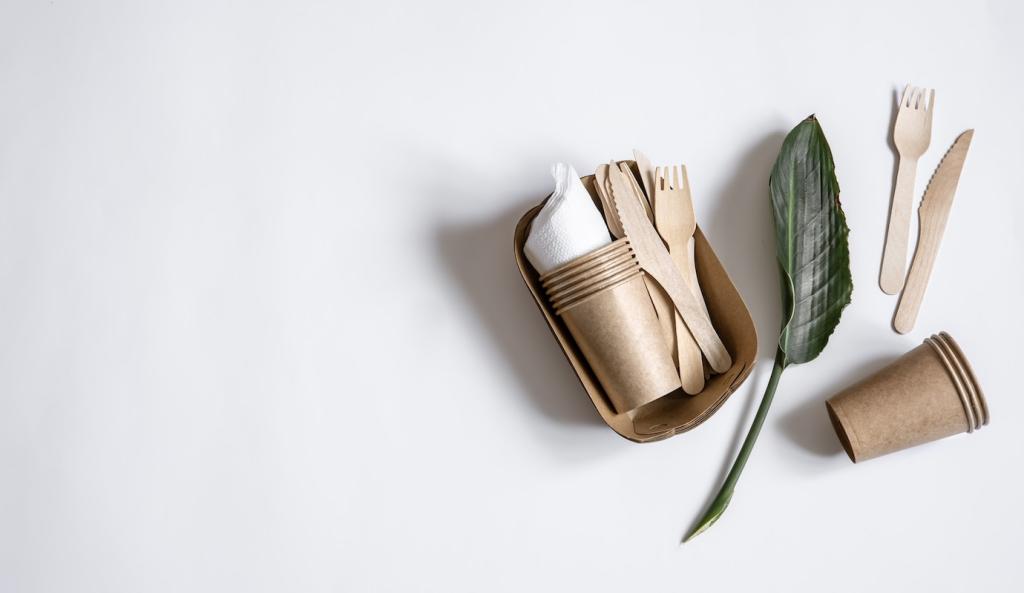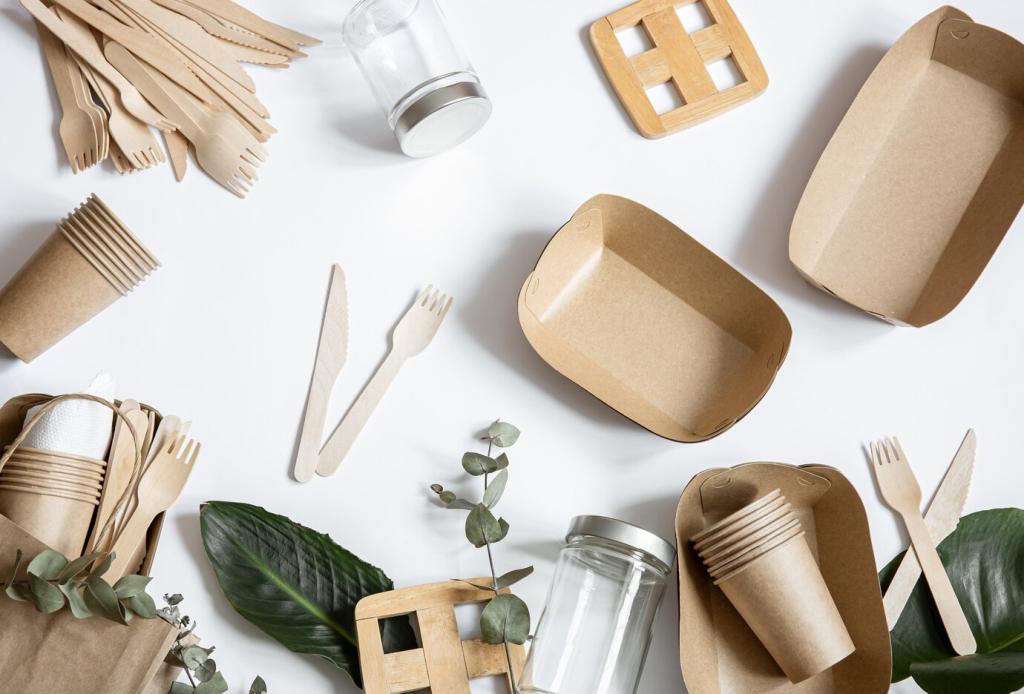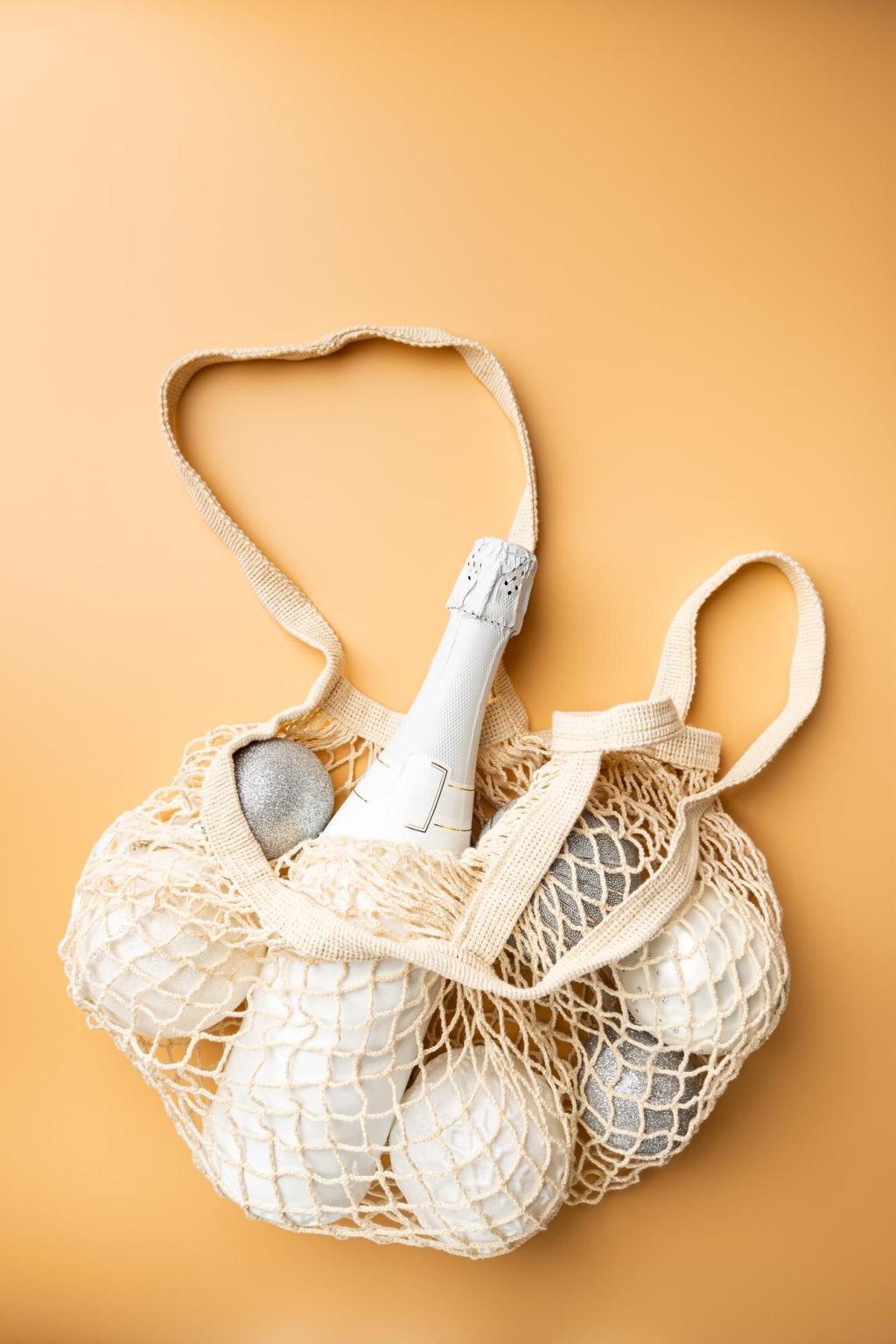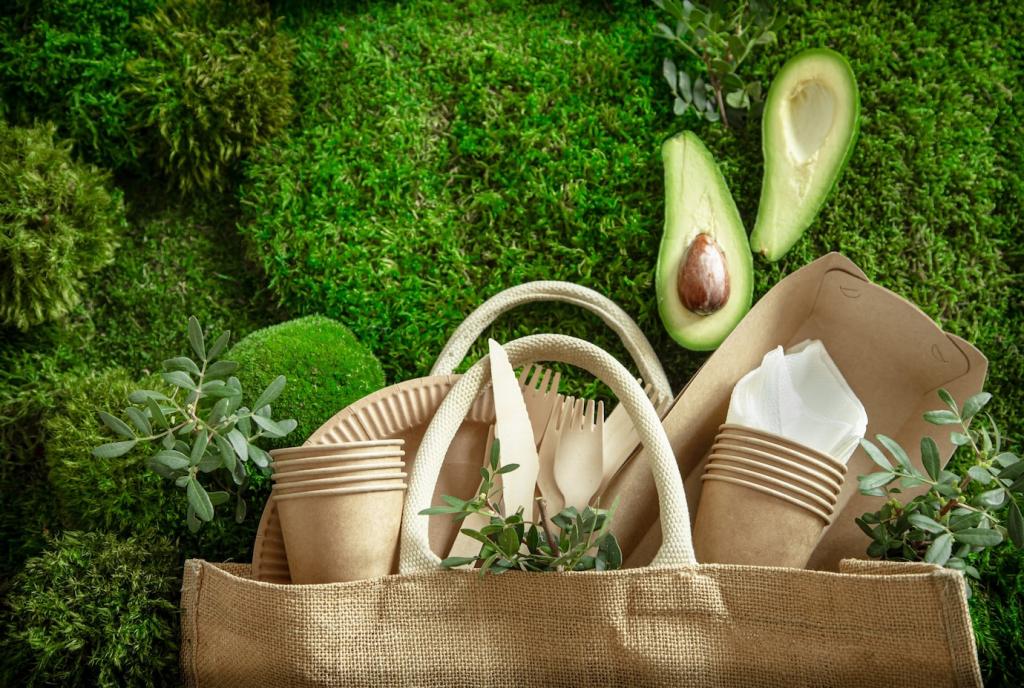
Non-Plastic Food Storage Solutions: Freshness Without Compromise
Theme chosen: Non-Plastic Food Storage Solutions. Welcome to a kitchen where glass, steel, ceramic, silicone, and natural fabrics keep food vibrant, safe, and tasty. Explore practical swaps, heartfelt stories, and everyday rituals that reduce waste. Join our journey, subscribe for tips, and share your favorite non-plastic wins.

Glass, stainless steel, ceramic, and food-grade silicone are inert, resisting stains, smells, and chemical leaching. They handle acidity, heat, and cold more predictably than many plastics, so leftovers taste like themselves—pure, bright, and trustworthy.

Durable jars, crocks, and tiffins last decades, slashing replacements and packaging waste. Refill, repair, and repurpose instead of purchasing new plastic sets every season. Your pantry becomes a tiny climate action project everyone can see.

Rinse and save pasta sauce jars for grains, switch to a beeswax wrap for tomorrow’s sandwich, and bring a steel container for takeout leftovers. Tell us your first swap in the comments and inspire someone nearby.
Glass and Ceramic Essentials
Use straight-sided jars for freezing soup and leave headspace to prevent cracking. Repurpose wide-mouth jars for salads, ferments, and dry goods. Opt for tempered glass containers when reheating, and keep a grease pencil handy for dating leftovers.
Stoneware crocks stabilize temperature for kimchi and sauerkraut, while lidded casseroles cradle roasted vegetables overnight. Ceramic’s gentle thermal behavior helps food rest, flavors meld, and textures stay pleasing—grandparent wisdom preserved in every glazed curve.
A wax pencil wipes off effortlessly from glass and ceramic. Painter’s tape plus a bold date makes rotation simple. Color-coding breakfasts, lunches, and snacks becomes playful, preventing those mysterious containers from slipping into the back corner.
Stainless Steel and Silicone That Travel Well
Lightweight yet tough, stainless tiffins nest soups, grains, and salads without absorbing aromas. They’re perfect for desk lunches, camping trips, and bustling family schedules. Snap closures feel reassuring, and cleanup is straightforward with a quick soak and scrub.
Natural Wraps and Breathable Fabrics
Beeswax and plant-wax wraps that mold to your needs
Warmth from your hands softens wraps to seal bowls, half-cut onions, and hunks of cheese. They’re washable, reusable, and compostable at end of life. Refresh with grated wax when tackiness fades, extending their useful journey even longer.
Linen, cotton, and mesh bags for airflow
Bread rests happily in linen, keeping crust crisp while protecting crumb. Cotton bags cradle leafy greens; slip in a slightly damp towel for extra freshness. Mesh produce bags prevent bruising and make refrigerator drawers calm, visible, and organized.
Care that preserves performance
Use cool water and mild soap on wraps, then air-dry away from direct heat. Launder fabric bags gently and sun them occasionally to freshen. Share your cleaning routine and favorite fabric weaves for herbs, bread, and hearty roots.

Freezer finesse without plastic
Freeze sauces in small glass jars, leaving headspace, or in steel trays for neat cubes. Separate burgers with parchment. Label everything with date and portion size. Your future self will celebrate on weeknights when dinner assembles in minutes.
Fridge zones that extend freshness
Use high-humidity drawers for leafy greens wrapped in damp cloth, and low-humidity drawers for apples and pears. Store herbs like flowers in glass jars of water. Keep leftovers on the eye-level shelf to encourage timely enjoyment.
Pantry order that prevents pests and waste
Decant grains, beans, and nuts into glass jars with tight lids. Add bay leaves to deter pantry moths. Arrange by frequency of use, place new items behind old, and enjoy the quiet beauty of clearly labeled staples.
Stories, Community, and Next Steps
Grandma’s jar shelf that started it all
My aunt recalls a pantry where mismatched jars lined up like soldiers—beans, dried cherries, and pickles shining under tin lids. That gentle order transformed chaos into comfort. What heirloom habit would you like to revive in your kitchen?
Neighborhood swaps and repair culture
Host a jar-swap afternoon: trade sizes, share extra lids, and teach rewaxing wraps. Someone always brings a brilliant labeling trick. These micro-gatherings build confidence, cut costs, and keep useful containers circulating instead of gathering dust.
Your invitation: comment, subscribe, and experiment
Pick one swap—glass for grains, a steel lunchbox, or a linen bread bag—and report back in a week. What tasted better? What felt easier? Subscribe for gentle nudges, and invite a friend to join our plastic-light adventure.
